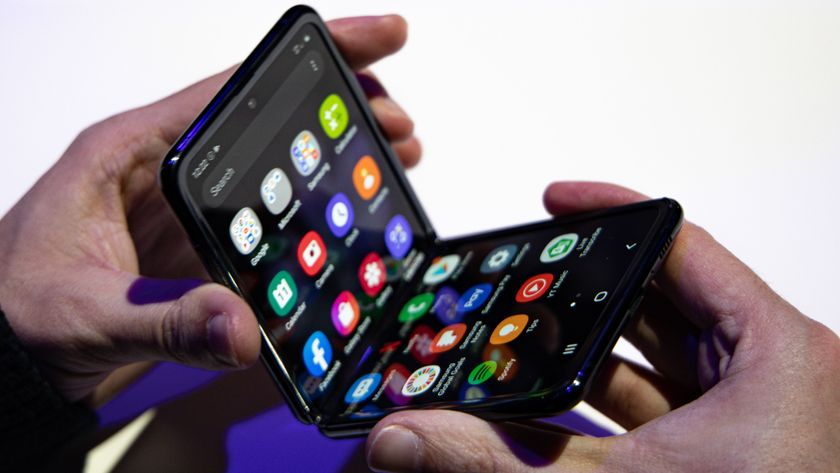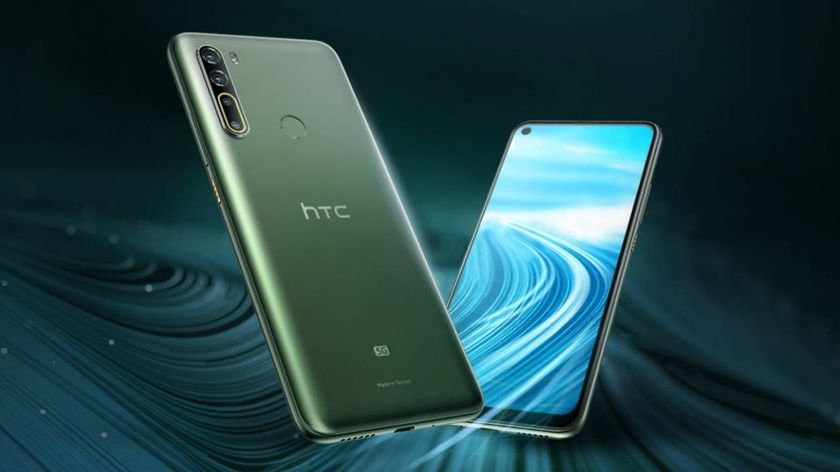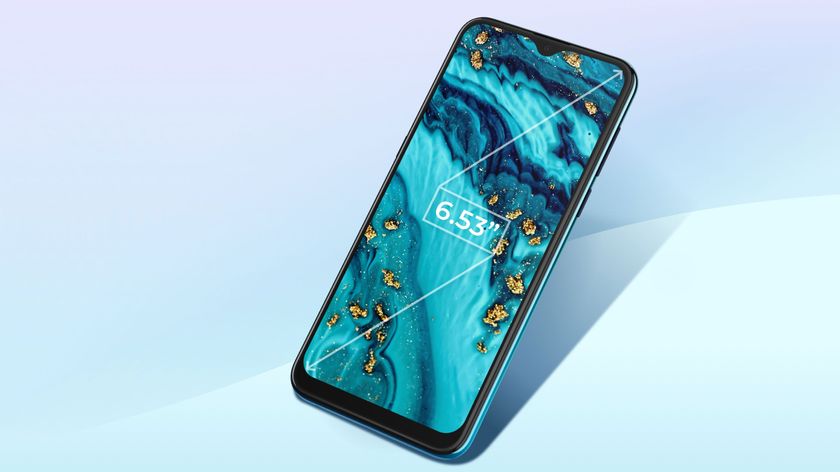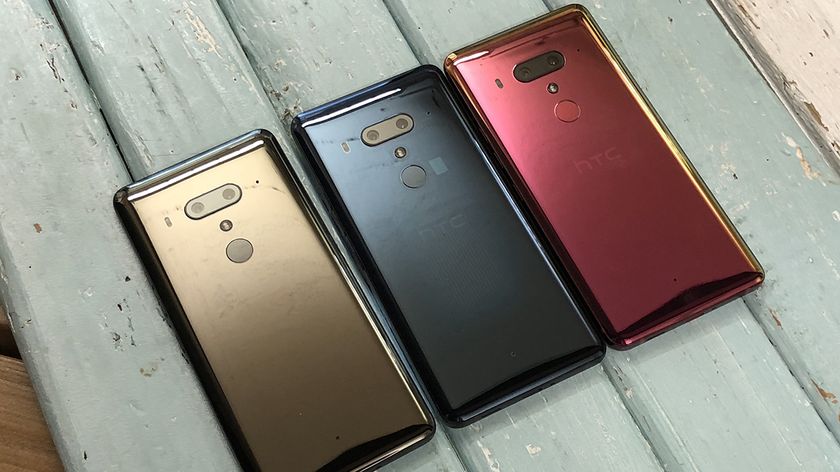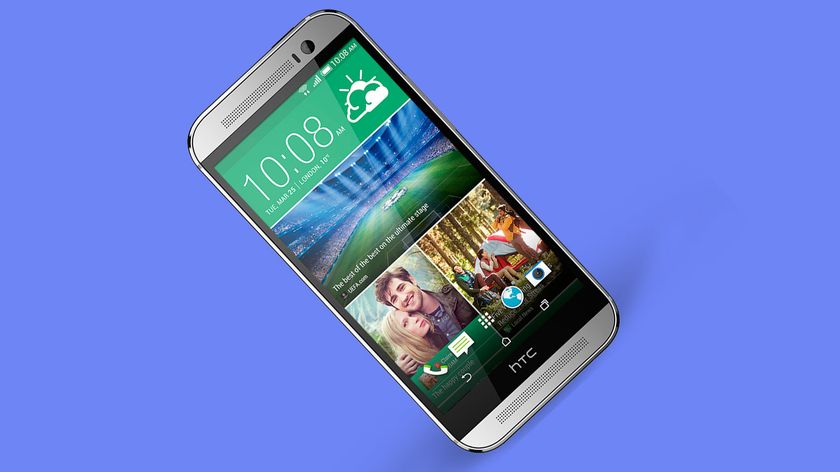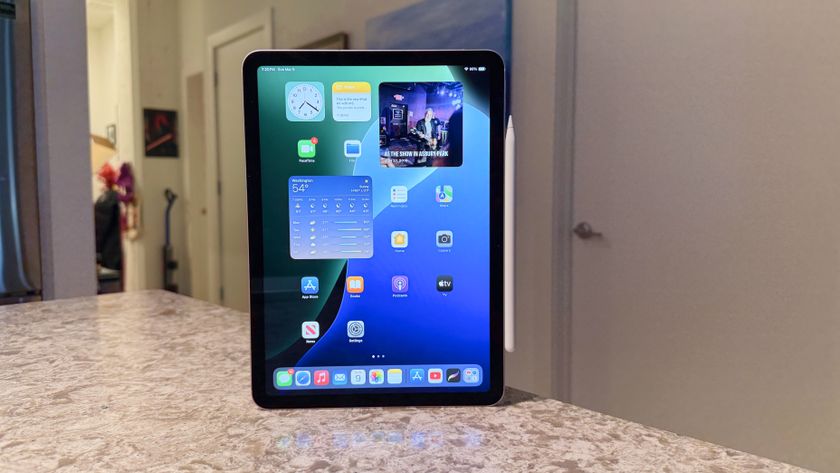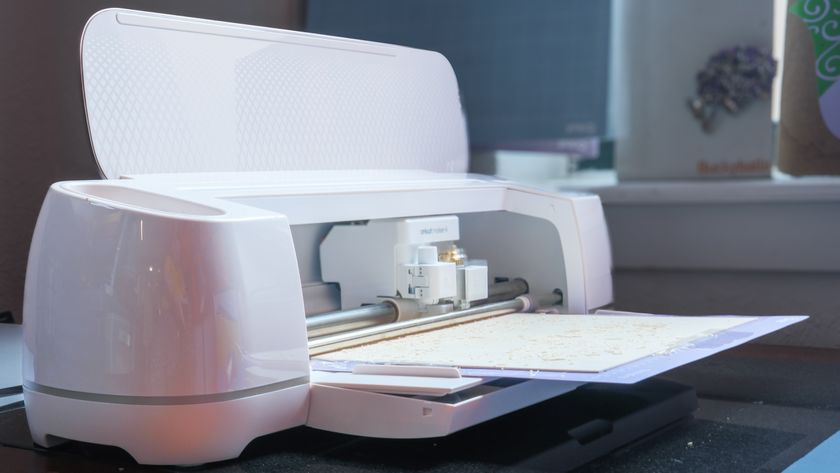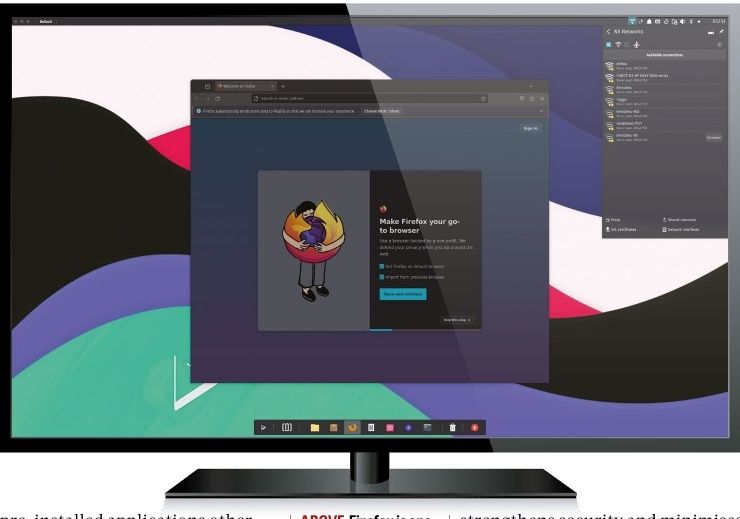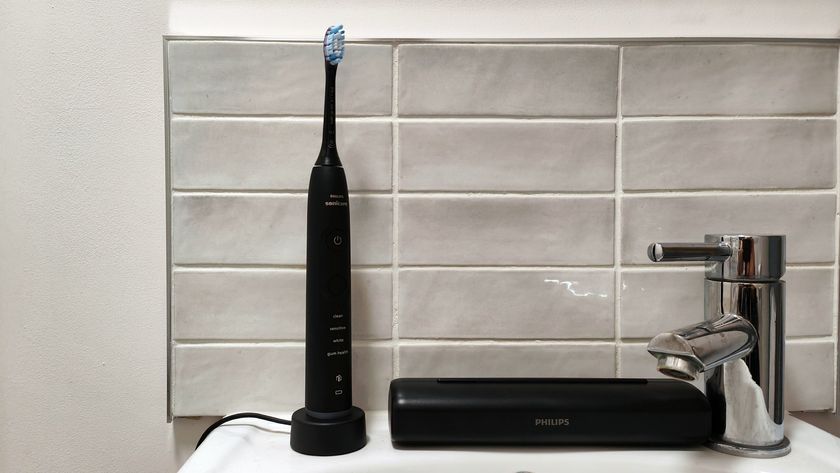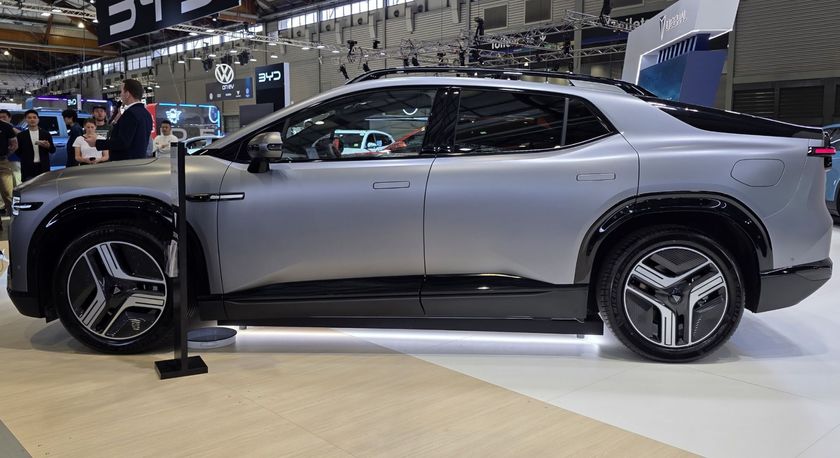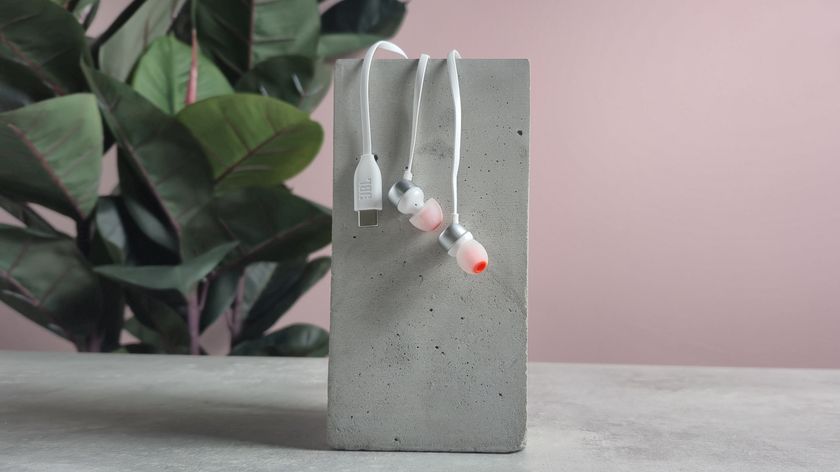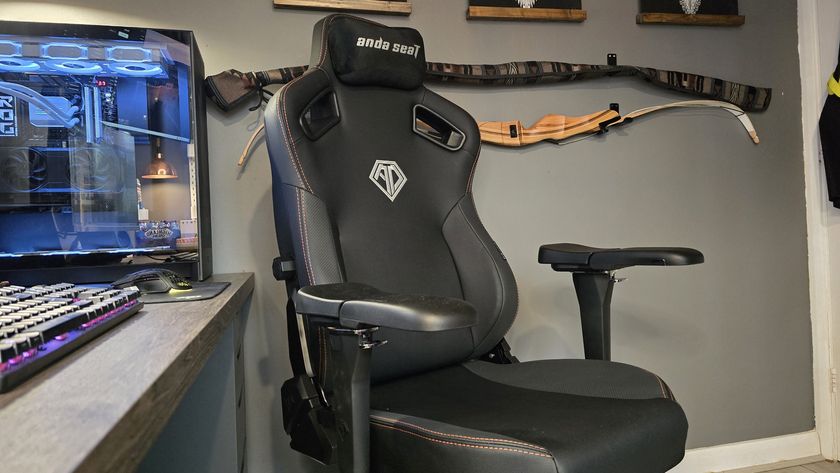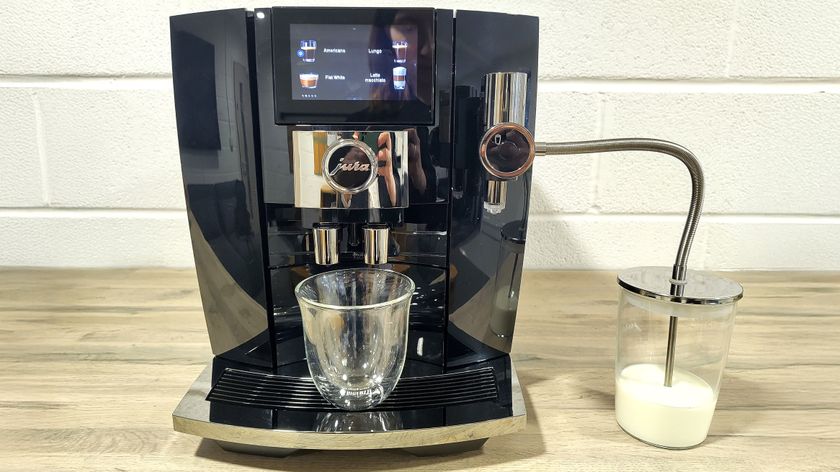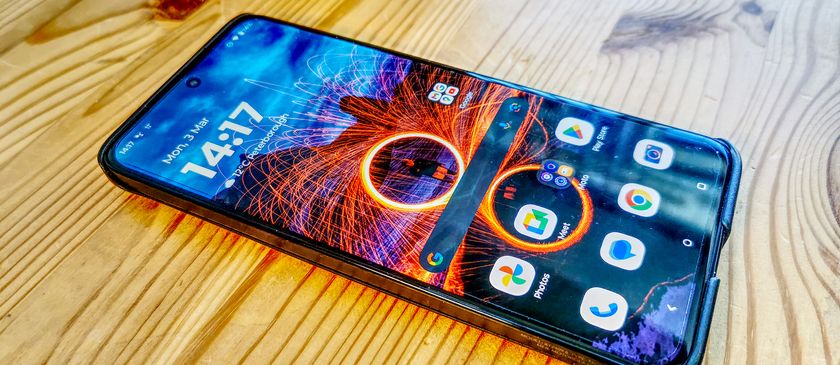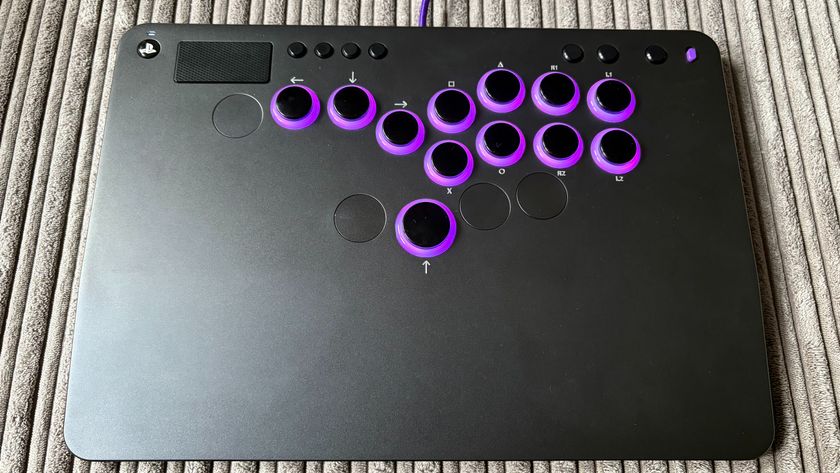Why you can trust TechRadar
The battery life on the One A9 was something I've been looking forward to checking out, as HTC's rolled the dice a little bit by going smaller on the battery pack (2150mAh compared to the 2850mA of the One M9) and keeping nearly everything else the same.
The engine is dialled down a little bit, with the Snapdragon 617 chipset running an octa-core design but revving at lower power - it's newer than the 810 used in the One M9 though, so should get some power efficiency through just being newer.
The key thing here is Marshmallow - the new version of Android has Doze within it, which is meant to be more efficient than ever before at keeping apps from pinging for data when they're not supposed to (or just don't need to).
In practice… well, it's hard to say. There have definitely been instances where the battery life has exceeded expectations, thanks to it being nearly 25% smaller in terms of cell size yet matching the One M9 for power management.
Then again, that only meant I got to to the evening most days before needing to charge. If I ever made it to bedtime before needing to hit up the charger, it was because I'd given it a little bit of a boost in the day.
The culprits varied too. Sometimes it was just apps going a bit rogue and asking for a bit too much data - but that was supposed to be culled in the upgrade to Android.
The other times it was little things like Bluetooth taking too much power (hello, blast from 2011) but rarely did it seems consistent.
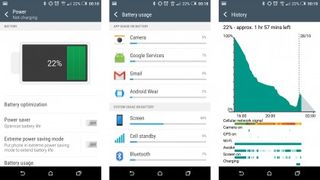
There are some good elements to the power situation, as QuickCharge 2.0 is enabled from the outset and version 3.0 will work when it begins rolling out from Qualcomm. That will lead to even great efficiency and speedier charging - right now it's only average.
And in truth, the ability to charge speedily is irrelevant anyway, as the charger that comes out of the box isn't QuickCharge enabled. HTC reckons this is to offer choice, but it's a bit hard to tout it as a feature when you have to buy an accessory.
The same is true of wireless charging - well, less so as it's just not enabled full stop. In fairness, making it happen with the all-metal back would be rather tricky, but it's something that people are starting to look for in their smartphones now, and it would have been a welcome addition.
In terms of out and out battery life power, our standard rundown test yielded very predictable results: after a 90 minute Full HD video run at full brightness, it has lost 25% of the battery life.
This is better than HTC devices of previous fame - 6% better than the One M9 - but nowhere near the performance of the Samsung range, which are excellent at media playback.

Gareth has been part of the consumer technology world in a career spanning three decades. He started life as a staff writer on the fledgling TechRadar, and has grew with the site (primarily as phones, tablets and wearables editor) until becoming Global Editor in Chief in 2018. Gareth has written over 4,000 articles for TechRadar, has contributed expert insight to a number of other publications, chaired panels on zeitgeist technologies, presented at the Gadget Show Live as well as representing the brand on TV and radio for multiple channels including Sky, BBC, ITV and Al-Jazeera. Passionate about fitness, he can bore anyone rigid about stress management, sleep tracking, heart rate variance as well as bemoaning something about the latest iPhone, Galaxy or OLED TV.

